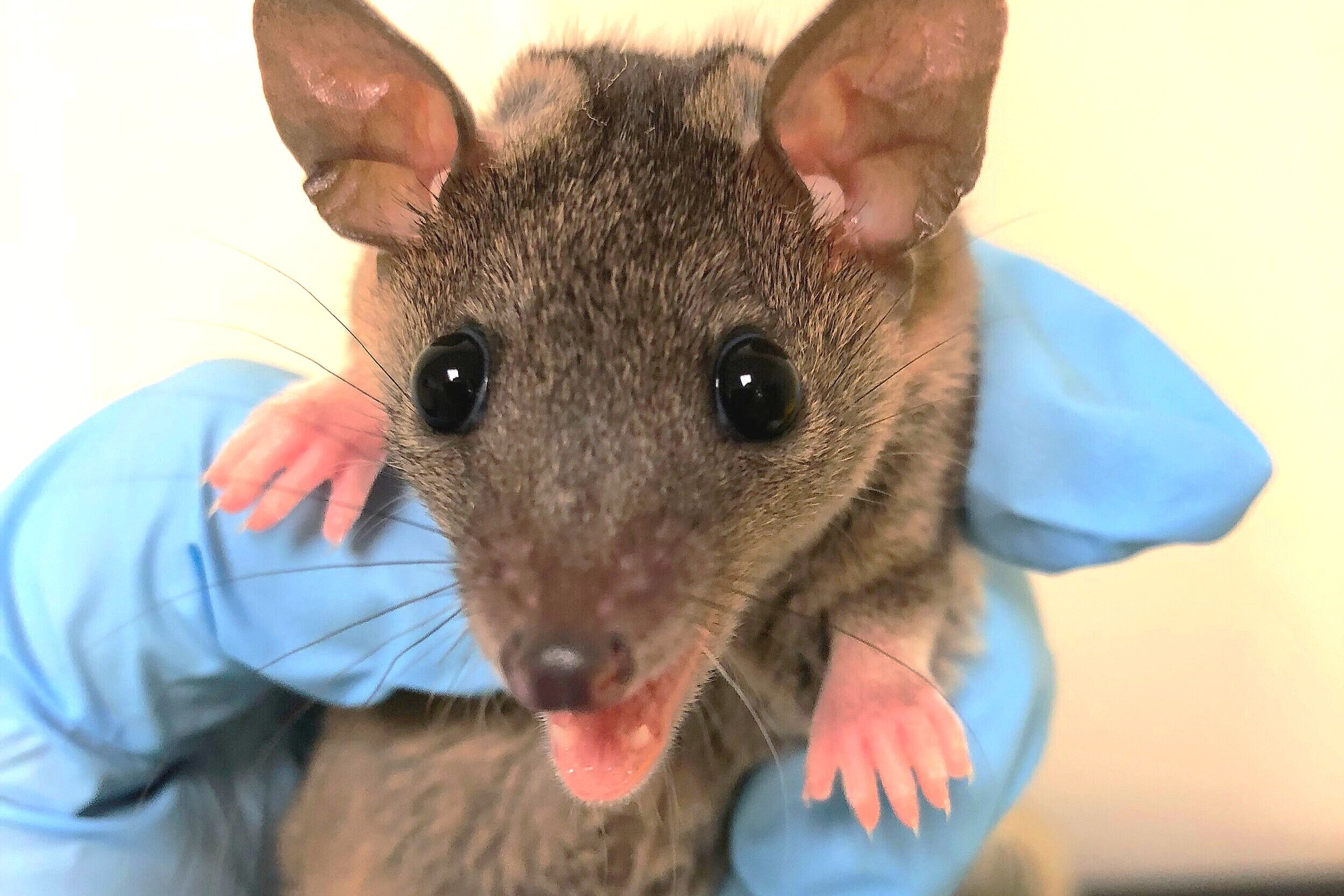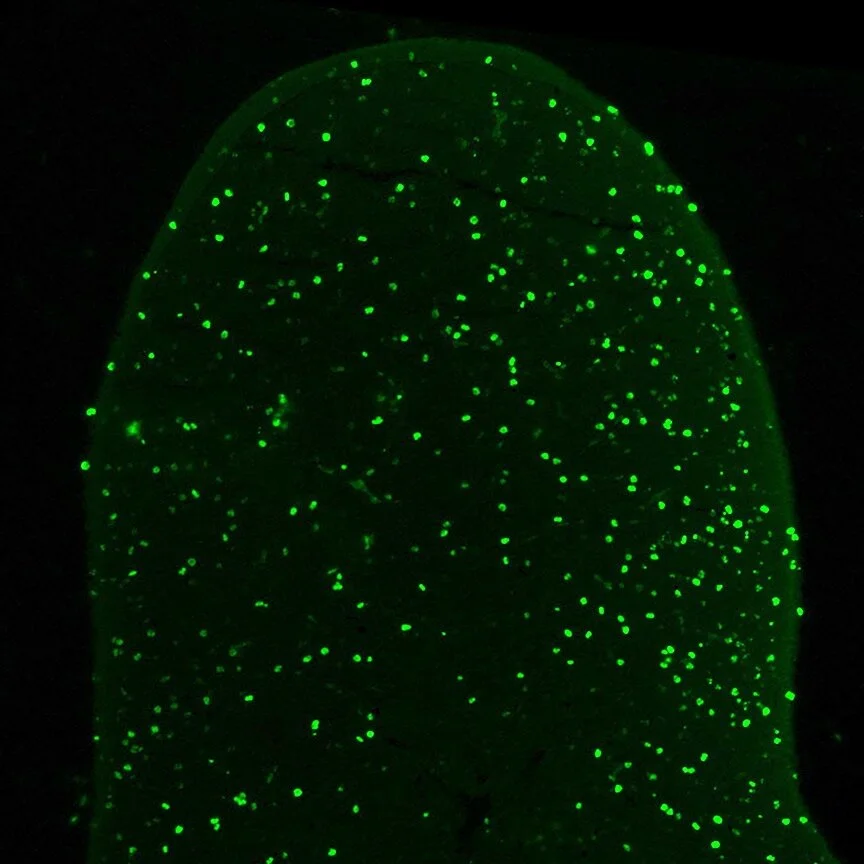Our research
We seek to identify processes driving change in organisms during their lives and in lineages over evolutionary time.
While we can learn a lot about these subjects from traditional lab mammals, the world beyond the lab contains thousands of mammalian species, each of which represents an evolutionary experiment. With this in mind, we engage in lab research with diverse mammals and in fieldwork on several continents to mine the information contained in these ‘natural mutants’.












